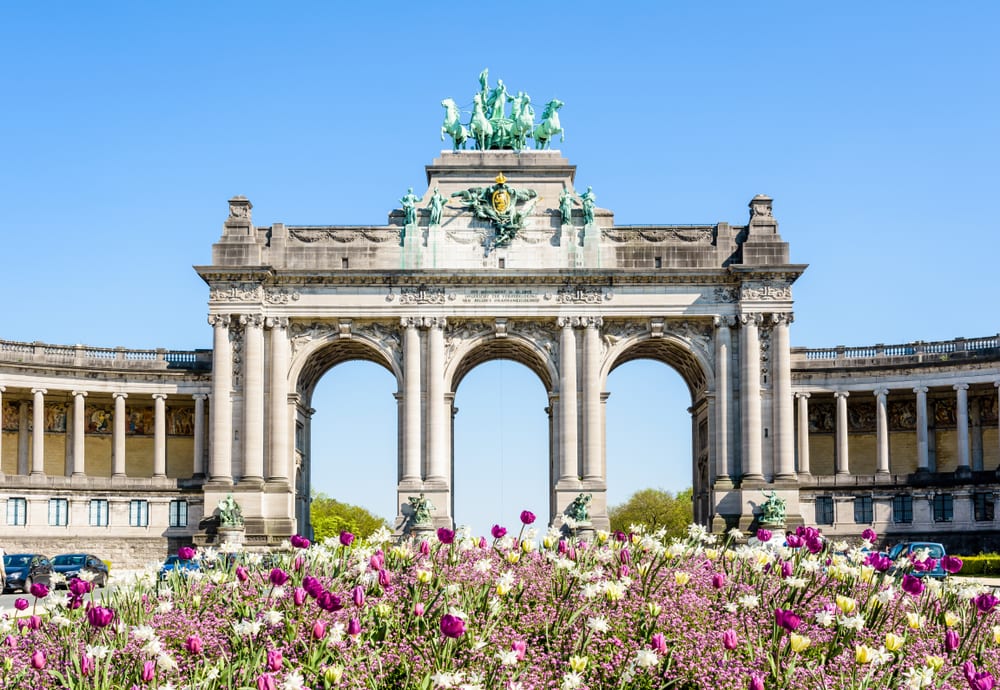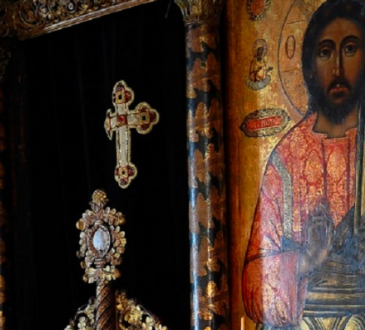These Most Famous Man Made Arches
The curve landmarks we see over the world are worked to remember an imperative individual or a huge occasion in history. Such man made arches likewise end up the essential milestone and best vacation spot of the city where it is found. Here is the list of top most famous man made arches around the world. Let find out These Most Famous Man Made Arches below.
Contents
These Most Famous Man Made Arches
ARC DE TRIOMPHE, PARIS, FRANCE
The Arc de Triomphe respects the individuals who battled and passed on for France in the French Revolutionary and Napoleonic Wars, with the names of every single French triumph and officers engraved on its inward and external surfaces. Underneath its vault lies the Tomb of the Unknown Soldier from World War I. The Arc de Triomphe was planned by Jean Chalgrin in 1806, and its iconographic program pits gallantly bare French adolescents against whiskery Germanic warriors in networking mail. It set the tone for open landmarks with triumphant devoted messages. It is also listed as one of the monumental triumphal arches in the world.
One of the most famous man made arches, Roused by the Arch of Titus in Rome, Italy, the Arc de Triomphe has a general tallness of 50 meters 164 ft., width of 45 m 148 ft. While its substantial vault is 29.19 m, high and 14.62 m wide. The littler transverse vaults are 18.68 m high and 8.44 m wide. Three weeks after the Paris triumph March in 1919 denoting the finish of threats in World War I, Charles Godefroy flew his Nieuport biplane under the curve’s essential vault, with the occasion caught on newsreel.

INDIA GATE, NEW DELHI, INDIA
India Gate is a dedication to 70,000 troopers of the British Indian Army who kicked the bucket in the period 1914 to 21 in the First World War, in France, Flanders, Mesopotamia, Persia, East Africa, Gallipoli and somewhere else in the Near and the Far East, and the Third Anglo Afghan War. 13,300 servicemen’s names, including a few troopers and officers from the United Kingdom, are recorded on the door. The India Gate, despite the fact that a war dedication, brings out the compositional style of the triumphal curve like the Arch of Constantine, outside the Colosseum in Rome, and is frequently contrasted with the Arc de Triomphe in Paris.
One of the most famous man made arches was planned by Sir Edwin Lutyens. The India Gate arranged in Delhi, was part of crafting by the Imperial War Graves Commission, which appeared in December 1917 for building war graves and commemorations to officers executed in the First World War. The establishment stone of the All India War Memorial was laid on 10 February 1921, at 4:30 PM, by the meeting Duke of Connaught in a grave soldierly function gone to by Officers and Men of the British Indian Army, Imperial Service Troops.

RUA AUGUSTA ARCH, LISBON, PORTUGAL
The Rua Augusta Arch is a stone, triumphal curves like recorded building and guest fascination in Lisbon, Portugal, on the Praça do Comércio. It was worked to honour the city’s reproduction after the 1755 tremor. It has six sections somewhere in the range of 11 m high and is enhanced with statues of different authentic figures. Critical range from the curve crown to the cornice gives an appearance of greatness to the structure.
The symbolic gathering at the best, made by French stone carver Celestin Anatole Calmels, speaks to Glory remunerating Valor and Genius. Initially planned as a ringer tower, the building was at last changed into an intricate curve after over a century. The four statues over the segments, made by Victor Bastos, speak to Nuno Alvares Pereira and Sebastiano José de Carvalho e Melo, Marquis of Pombal on the right, and Vasco da Gama and Viriatus on the left. The two prostrate figures speak to the streams Tagus and Douro. It showed up like the curve through which the Lilliputians wheeled Lemuel Gulliver in the 1996 miniseries Gulliver’s Travels.

ARCH OF CINQUANTENAIRE, BELGIUM
It is a great triple curve in the focal point of the Cinquantenaire Park in Brussels, Belgium. It is beaten by a bronze quadriga sculptural gathering with a lady charioteer, speaking to Brabant raising the national banner. The sections reverberation the first design of Avenue de Tervuren, which was once isolated into three roadways fixed with a twofold column of trees. The sidewalls include exemplifications of Belgian areas: Brabant being spoken to by the quadriga, East Flanders, West Flanders, Antwerp, Liège, Hainaut, Limburg, Namur and Luxembourg. Twelve spandrels are enriched with moral stories of Arts and Industry. The curve was a piece of a task arranged by Leopold II of Belgium, who needed to enhance Brussels.




